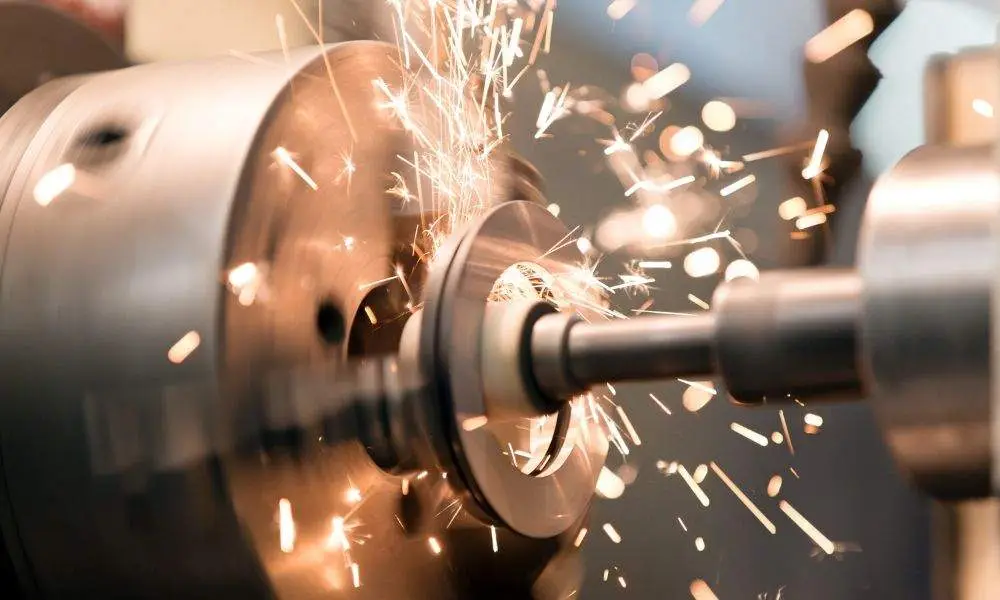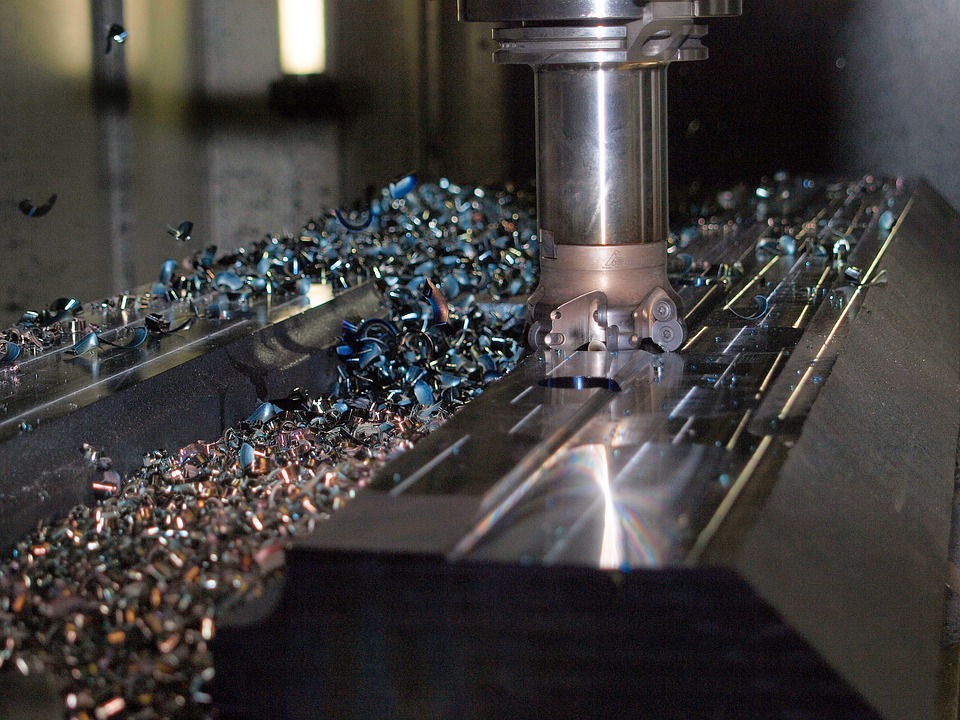Advanced Fasteners and Machining Techniques for Custom-made Production
Advanced Fasteners and Machining Techniques for Custom-made Production
Blog Article
Revealing the Intricacies of Bolts and Machining Processes for Optimum Performance
In the world of design and manufacturing, the option of fasteners and the details of machining processes play a pivotal function in figuring out the utmost performance and longevity of a product. From the apparently simple job of picking the right sort of bolt to the complicated accuracy machining methods used, every action in this procedure demands careful attention to detail. As we get started on this exploration right into the world of fasteners and machining, we will certainly uncover the refined yet crucial aspects that can considerably affect the efficiency and high quality of the end product, clarifying the usually overlooked elements that can make all the distinction in achieving ideal efficiency.

Importance of Correct Bolt Choice
Choosing the ideal bolts is important in guaranteeing the structural honesty and durability of any mechanical setting up. Fasteners play a fundamental duty in holding elements with each other safely, with the best selection adding significantly to the total performance and reliability of the setting up. When choosing bolts, elements such as product compatibility, ecological problems, load-bearing capacity, and convenience of installation have to be very carefully considered to assure optimal efficiency.
Improper bolt selection can cause a series of issues, including helping to loosen, corrosion, and also architectural failure. Making use of fasteners that are not suited to the details demands of the setting up can compromise its capability and posture safety and security dangers. Consequently, designers and designers must thoroughly evaluate the application needs and choose bolts that meet or surpass the essential requirements and requirements.
Additionally, the right fastener option procedure entails assessing the joint style, expected tons, resonance degrees, and potential thermal expansion or contraction to guarantee that the selected fasteners can stand up to the operating problems properly. By focusing on correct bolt choice, suppliers can boost the quality, sturdiness, and efficiency of their mechanical assemblies.
Types and Qualities of Fasteners
A vital aspect of mechanical settings up lies in understanding the varied types and unique features of bolts utilized in various industrial applications. Bolts are important components that hold frameworks together, making certain security and functionality.
Screws are threaded bolts that are commonly utilized to sign up with two or even more parts together. Nuts are internally threaded bolts that mate with screws to hold components together. Washing machines are thin plates that distribute the tons of a bolt, avoiding damages to the product being secured.
Comprehending the characteristics of each type of fastener is essential for selecting the right one for a certain application, making certain optimum efficiency and dependability of the mechanical assembly. Fasteners and Machining.
Precision Machining Strategies for Performance
The detailed layout needs of different fasteners demand using accuracy machining techniques for optimal performance in producing processes. Accuracy machining is vital in making certain that bolts meet the exact requirements needed for their designated application. One of the key methods used in accuracy machining is Computer Numerical Control (CNC) machining, which makes it possible for high degrees of accuracy and repeatability in the manufacturing of fasteners. CNC machines are qualified of doing complex cuts and forming operations with marginal human treatment, resulting in raised effectiveness and consistency in the production process.
In addition to CNC i loved this machining, other precision methods such as grinding, milling, and turning are frequently used to accomplish the limited tolerances required for bolts. These techniques enable manufacturers to produce bolts with smooth surfaces, accurate measurements, and high architectural integrity. By using accuracy machining techniques, producers can improve the top quality of fasteners, decrease material waste, and enhance total manufacturing efficiency. The use of sophisticated machining processes assists make certain that bolts fulfill sector standards and consumer expectations for performance and reliability.

Aspects Influencing Machining Process Efficiency
Various variables play a significant role in identifying the efficiency of machining processes in the manufacturing of fasteners. Optimizing these parameters based on the specific requirements of the fastener being produced is essential to accomplishing exact and economical machining.
Maker rigidness and stability also play a vital function in identifying machining process performance. A stable equipment with very little resonances can improve accuracy and avoid tool wear, causing far better general performance. The ability and experience of the equipment operator can not be ignored. A well-informed operator can make real-time changes, troubleshoot problems efficiently, and ensure that the machining procedure runs smoothly, inevitably impacting the final top quality of the fastener.

Quality Control Measures in Production
Factors influencing machining procedure efficiency, such as reducing device choice and device stability, directly impact the execution of quality assurance actions in production. Quality assurance procedures are necessary in making sure that products meet the required requirements and criteria. In the manufacturing procedure, different methods are find more information employed to keep top quality requirements. Inspection and screening play a vital function in identifying any kind of variances from the desired end result. Regular upkeep of machining devices is also essential to maintain quality control. Calibration of makers and tools is essential to make sure accurate and specific production processes. Furthermore, executing standard operating procedures and methods can help in preserving uniformity and high quality throughout the assembly line. Quality control measures not only concentrate on the end item however additionally on every stage of the production process to avoid defects and mistakes. By adhering to rigorous quality assurance actions, producers can improve customer fulfillment, build a track record for reliability, and eventually attain optimal performance in their machining procedures.
Conclusion
To conclude, choosing the appropriate bolts and making use of accuracy machining strategies are important for optimal performance in manufacturing processes. Understanding the types and characteristics of fasteners, in addition to factors influencing machining process efficiency, can bring about boosted efficiency and quality assurance measures. By taking note of these details, suppliers can attain greater degrees of performance and reliability in their items.
In the world of design and production, the selection of fasteners and the intricacies of machining procedures play an essential function in identifying the ultimate efficiency and longevity of an item (Fasteners and Machining). One of the main techniques his comment is here made use of in precision machining is Computer Numerical Control (CNC) machining, which makes it possible for high degrees of accuracy and repeatability in the production of bolts. The use of advanced machining procedures helps ensure that bolts meet sector requirements and customer assumptions for performance and integrity
In final thought, picking the ideal fasteners and making use of precision machining strategies are necessary for optimal efficiency in manufacturing procedures. Understanding the kinds and qualities of bolts, along with elements affecting machining procedure performance, can lead to enhanced efficiency and high quality control procedures.
Report this page